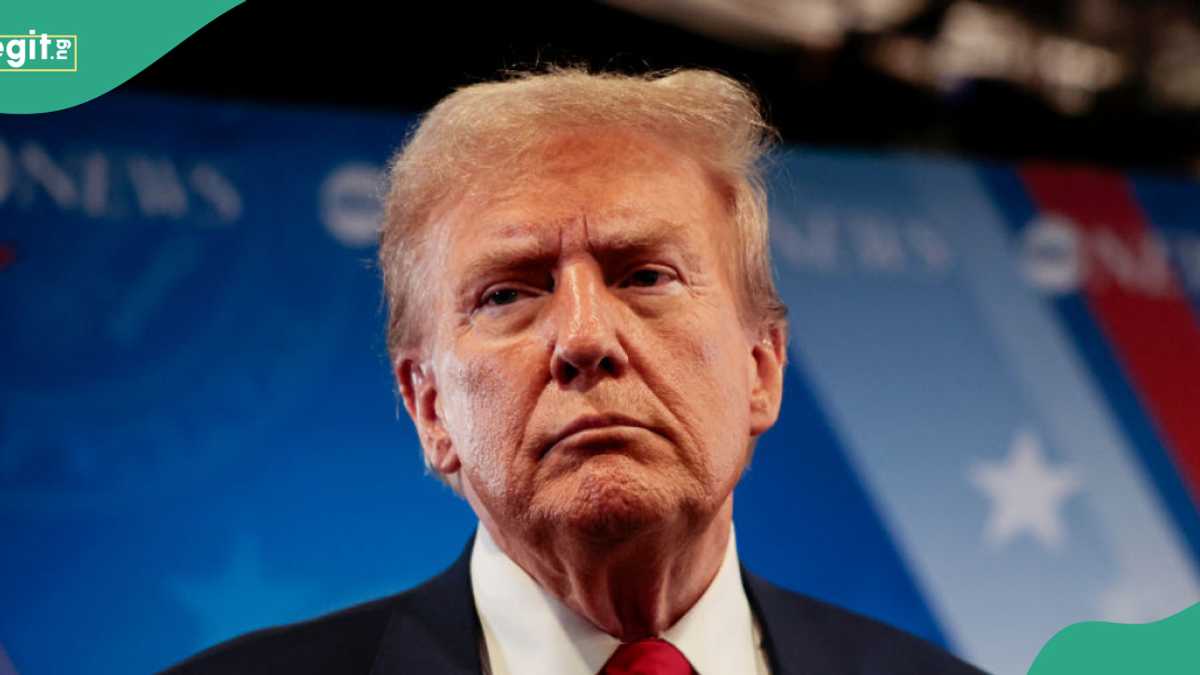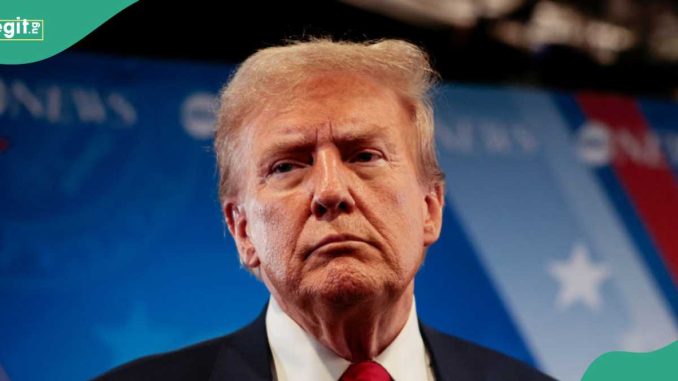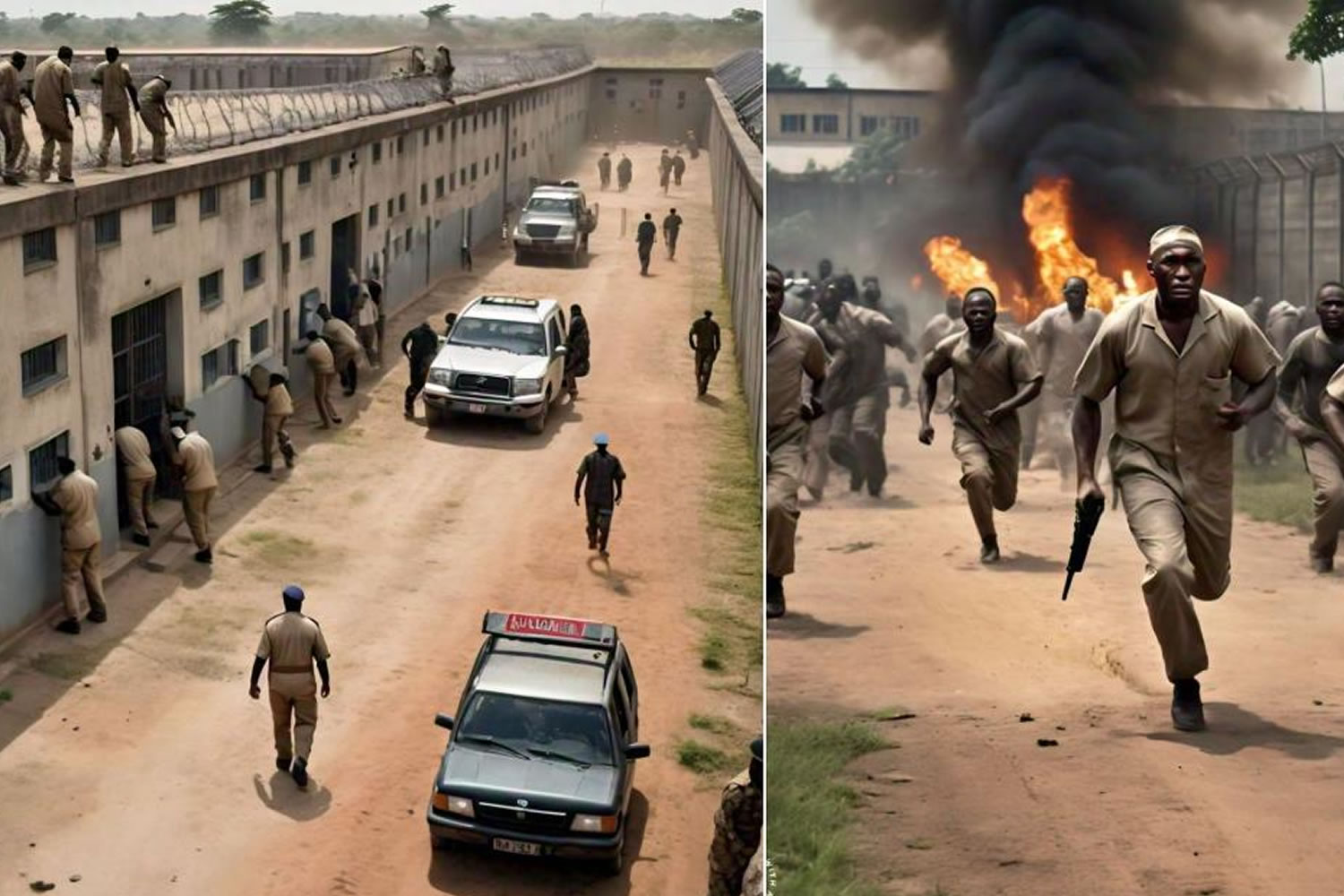

In a recent release, the United States disclosed the total amount of foreign aid it has sent to Nigeria over the past decade, with the total standing at a significant $7.8 billion.
The U.S. government’s assistance has focused on various critical sectors, aiming to tackle Nigeria’s pressing health, security, and economic growth issues.
A major portion of the foreign aid has been directed toward improving public health, especially in combating infectious diseases.
Through initiatives like the President’s Emergency Plan for AIDS Relief (PEPFAR), the U.S. has provided life-saving support, including antiretroviral treatment for millions of Nigerians living with HIV/AIDS.
Reacting, Dr. Nkechi Akinwale, a public health expert based in Abuja, said:
“The U.S. has played a pivotal role in supporting Nigeria’s health infrastructure, helping us tackle some of the deadliest diseases affecting our population. “Programs like PEPFAR have been life-changing for many families.”
Security support: Counterterrorism and military training
With the rise of insurgent groups such as Boko Haram, U.S. foreign aid has also focused heavily on security assistance.
Military training, intelligence-sharing, and counterterrorism programs, such as the Trans-Sahara Counterterrorism Partnership (TSCTP), have helped strengthen Nigeria’s ability to address the security challenges posed by extremist groups.
Economic Growth: Strengthening Agriculture and Business
In addition to health and security, the U.S. has invested in Nigeria’s economic development. Agricultural development programs have provided Nigerian farmers with training, better farming techniques, and access to financial assistance.
These efforts aim to boost productivity and improve livelihoods, particularly in rural communities where agriculture remains the mainstay of the economy.
The Breakdown of US aids to Nigeria
Over the last ten years, U.S. foreign aid to Nigeria has seen fluctuations, with the largest annual disbursement occurring in 2023 at $1 billion. Here’s a breakdown of the yearly disbursements:
2015: $446 million
2016: $543 million
2017: $643 million
2018: $877 million
2019: $761 million
2020: $880 million
2021: $922 million
2022: $974 million
2023: $1 billion
2024: $783 million
Despite the significant foreign aid, Nigeria continues to face deep-rooted challenges, including poverty, corruption, and insurgency.
.png)









 English (US)
English (US)